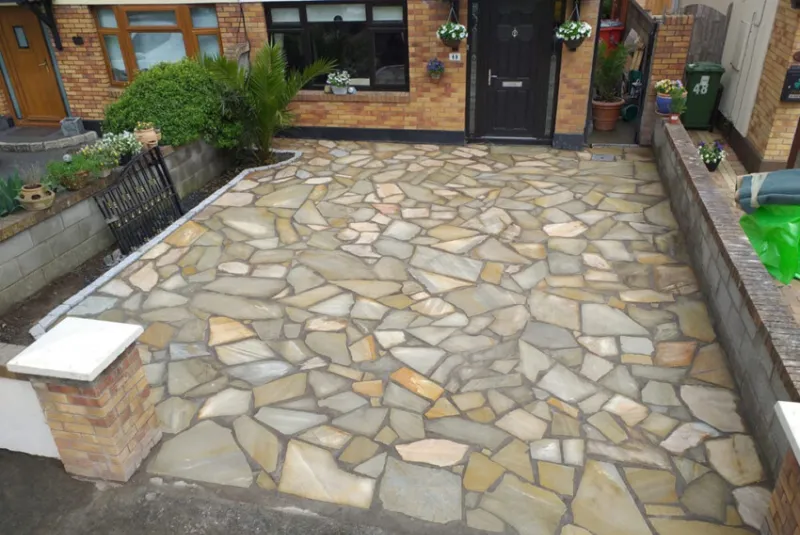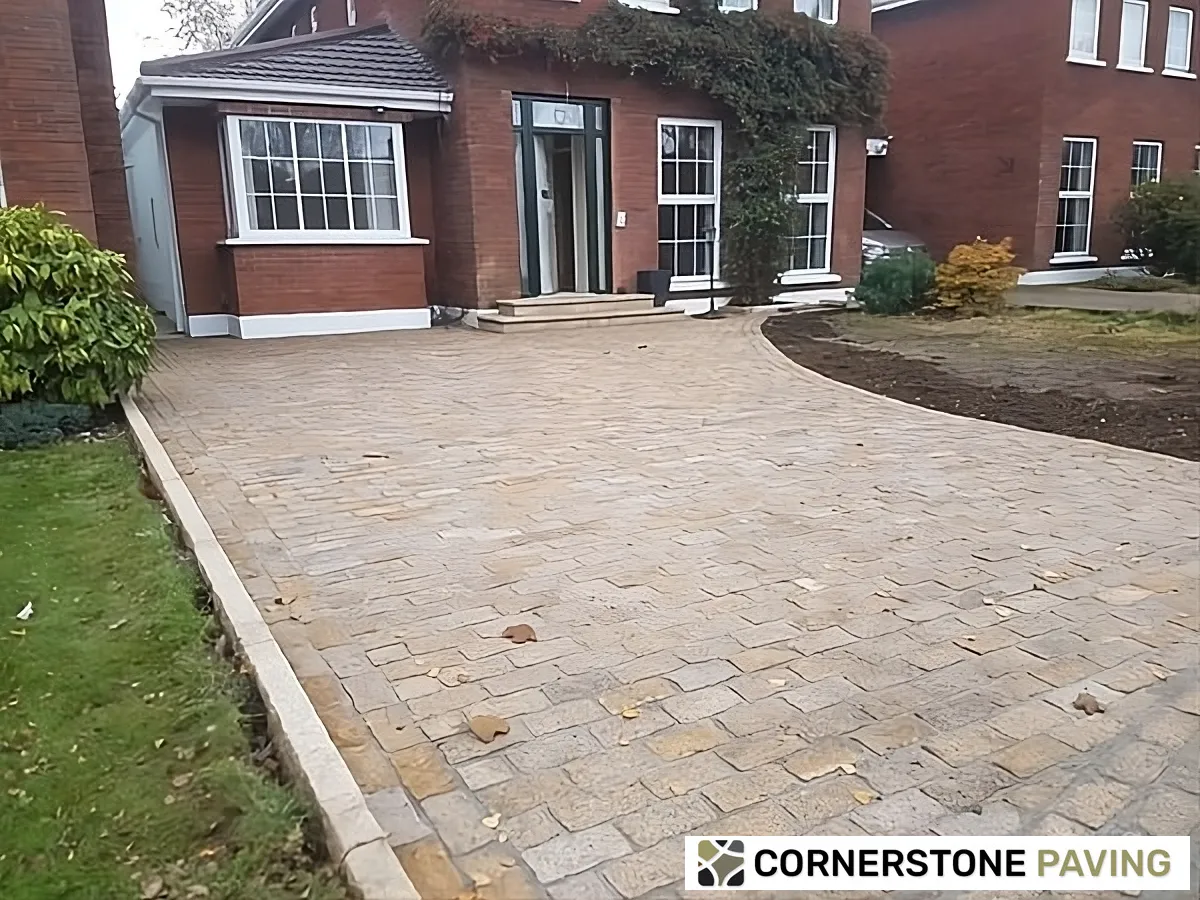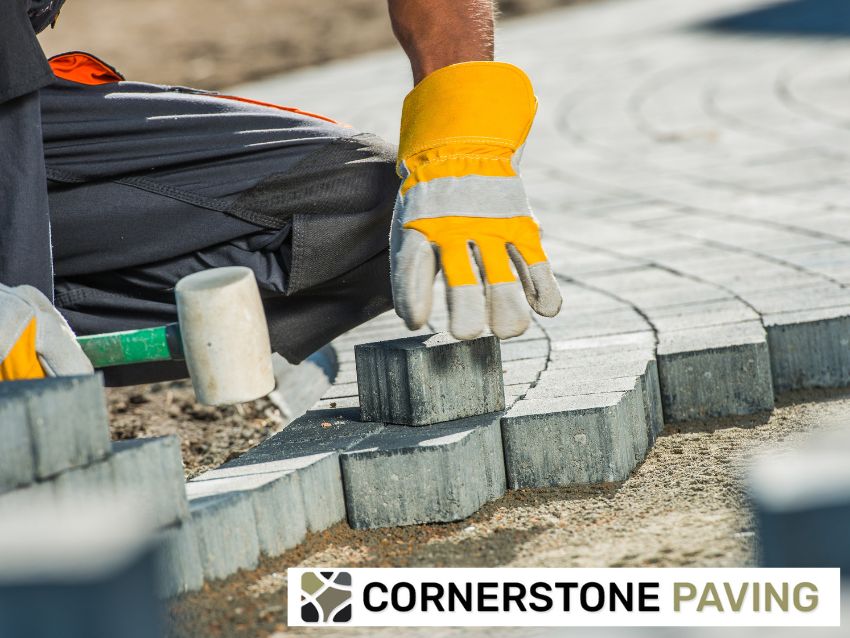Creating a welcoming and visually appealing outdoor living space begins with the maintenance of your patio slabs. Over time, these surfaces can accumulate a layer of grime, algae, and stains that not only detracts from their beauty but can also lead to deterioration if left unaddressed. The challenge of restoring patio slabs to their original splendor is one that many homeowners face, yet the process can be incredibly rewarding. Clean patio slabs can transform your garden into a serene retreat for relaxation and entertainment, making it an essential aspect of home care.
In this comprehensive guide, we delve into various methods to cleanse and rejuvenate your patio slabs, whether they’re dulled by everyday dirt or marred by stubborn plant life. We’ll explore how to effectively use soapy water, bleach, and a pressure washer to tackle different levels of staining and discoloration. Each method offers unique advantages and considerations, tailored to fit the specific needs of your outdoor space. From gathering the necessary tools to the final rinse, we’ll provide step-by-step instructions to achieve a clean, inviting patio area.
This guide is designed for anyone looking to enhance the longevity and aesthetics of their patio, from seasoned homeowners to those undertaking their first patio project. By the end of this journey, you’ll be equipped with the knowledge and techniques to not only clean your patio slabs but to transform your outdoor area into a pristine, enjoyable extension of your home.
Patio Cleaner: Tools and Resources You’ll Need

Before you start, gather the necessary tools for the job. The equipment you need varies based on the cleaning method you choose:
- A bucket
- A hard-bristled brush (preferably with a long handle)
- Access to warm water
For soapy water cleaning, you’ll need a mild, gentle soap (liquid or powdered). If opting for bleach cleaning, ensure you have bleach and a watering can at hand. And for pressure washing, a pressure washer and suitable detergent are essential.
Clean Patio Slabs with Soapy Water
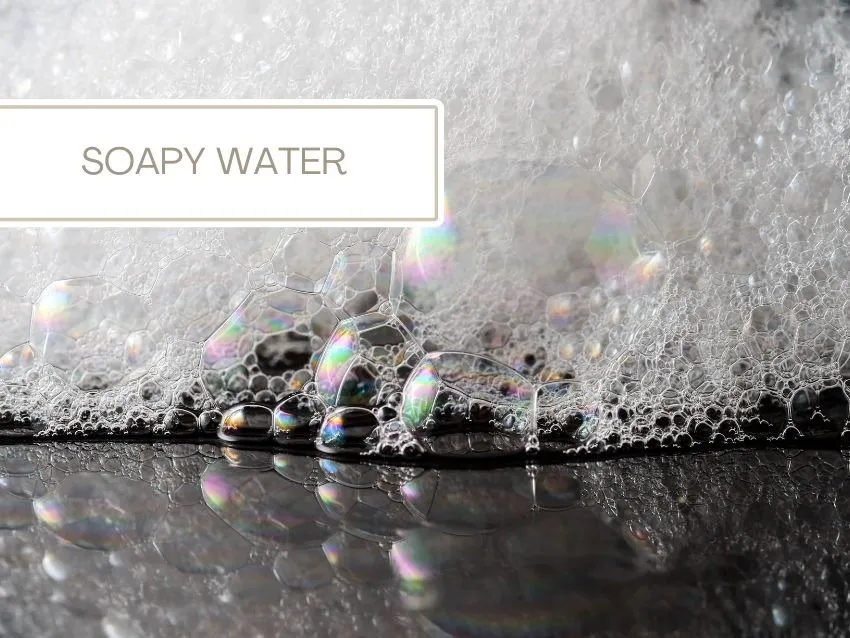
Step 1: Weed Removal
Weeds can sprout between paving slabs, so it’s crucial to remove them promptly to prevent them from establishing roots in the paving joints. Depending on the severity, you might pull them out or use a weed killer, following the manufacturer’s instructions carefully, especially if you have pets or children.
This article may also be of your interest : What is the best driveway weed killer?
Step 2: Preparing the Cleaning Solution
Mix warm water with a mild soap until you see foam forming on the top. Avoid cleaning products that contain harmful ingredients to your paving material. For instance, avoid acids on concrete paving and soaps with limestone or marble on respective surfaces.
Step 3: Applying the Mixture
Pour the soapy mixture onto the dirty patio slabs, working in stages for large areas. Test the solution on a small area first to ensure it doesn’t damage the paving. Wear protective gloves during this process.
Step 4: Scrubbing
Use the hard-bristled brush to scrub the slabs vigorously until all dirt appears dislodged. This effort not only cleans the slabs but also helps in preventing weed growth.
Step 5: Rinsing
Rinse the area with clean water to wash away the soap and dirt, revealing your clean patio. Repeat the process if necessary for stubborn stains.
Step 6: Joint Care
Maintain clean and well-conditioned joints by regularly sweeping and filling any gaps, especially if they are filled with sand, to prevent weed growth and ensure structural integrity.
Clean Patio Slabs with Bleach

Bleach can offer a powerful cleaning alternative, especially for removing moss, algae, and weeds. However, it’s essential to use it cautiously to avoid damage to surrounding plant life and inappropriate surfaces, such as man-made concrete slabs.
Step 1: Mixing Bleach with Water
Prepare a solution with a ratio of five parts water to one part bleach in a watering can for controlled application.
Step 2: Application
Evenly distribute the bleach solution across the patio, avoiding contact with plants.
Step 3: Brushing and Waiting
Brush the area, generating a white foam, then leave it for 15 minutes for the bleach to work.
Step 4: Rinsing
Rinse the area with clean water to remove all traces of bleach.
Using a Pressure Washer to Clean Paving Slabs
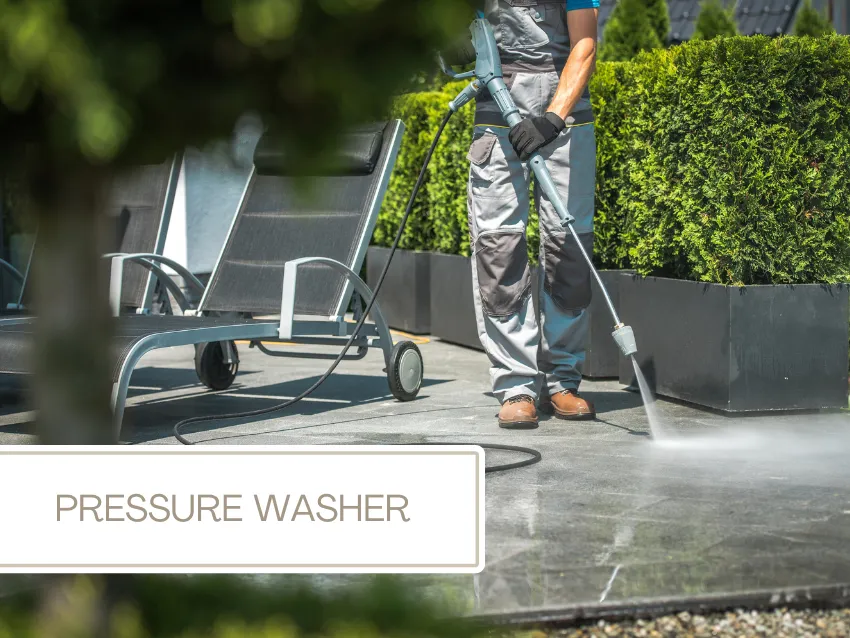
In order to clean patio slabs, a pressure washer simplifies the process, providing an efficient way to clean your patio with minimal physical effort.
Step 1: Clearing Debris
Begin by sweeping away leaves, twigs, and other debris from the patio area.
Step 2: Setting Up the Pressure Washer
Connect your pressure washer to a water supply to ensure a constant flow during cleaning.
Step 3: Applying Detergent
If your pressure washer supports it, apply detergent to the patio and let it sit for 5-10 minutes to penetrate dirt and grime.
Step 4: Washing
Adjust the pressure washer to a medium setting and systematically clean the patio area, maintaining a 45-degree angle for optimal cleaning power.
Step 5: Post-Cleaning
After cleaning, disconnect and drain the pressure washer to prevent damage from residual water.
Conclusion
In the quest to maintain a beautiful and inviting outdoor living space, the method you choose to clean your patio slabs – be it with soap, bleach, or a pressure washer – plays a pivotal role in not only preserving its aesthetic charm but also in prolonging its durability. Each cleaning technique comes with its own set of unique benefits, specifically tailored to meet diverse needs and preferences. Whether you seek a gentle cleanse that preserves the natural patina of your slabs or a more rigorous approach to banish stubborn stains and algae, the right method can dramatically transform your patio into a space of tranquility and beauty.

Beyond the immediate visual gratification of a clean patio, regular maintenance is a testament to your commitment to preserving the value and integrity of your home’s outdoor area. It prevents the accumulation of harmful elements that can erode the quality of your slabs and ensures a safe, slip-resistant surface for family and guests alike. Furthermore, dedicating time to such upkeep can be a deeply satisfying endeavor, offering a sense of pride and accomplishment as you reclaim your garden from the clutches of the elements.
This comprehensive guide has equipped you with the knowledge and steps necessary to undertake patio cleaning with confidence and efficiency. From the initial preparation to the final rinsing, each phase in the cleaning process has been designed to ensure that your patio not only looks its best but also offers a welcoming extension of your living space. As seasons change and your garden evolves, your patio will stand as a testament to the care and attention you’ve invested into it, remaining a beautiful, inviting, and integral part of your home.
This article may also be of your interest: Creative Ideas and Designs for Irish Patios: Your Path to a Dream Outdoor Space
In embracing these practices, you not only enhance the visual appeal and longevity of your patio but also contribute to the overall enjoyment and functionality of your outdoor space. So, as you reflect on the methods detailed in this guide, remember that the effort you put into cleaning and maintaining your patio slabs is not just about preserving stone but about creating a sanctuary for relaxation, entertainment, and cherished moments. With the right approach, your garden paving will continue to inspire and delight for years to come, a true cornerstone of your home’s outdoor allure.

Velo
Skilled Pavement Craftsman
I’m Velo, the driving force of Cornerstone Paving. My adventure started with a love for turning outdoor areas into visually appealing spaces. Guided by creativity and powered by commitment, I’ve developed a strong appreciation for the essentials: quality, aesthetics, and lasting impressions. At Cornerstone Paving we’ve sharpened our skills for 30 years in this field.

